Vintage branding: Why we yearn for the companies of yesteryear
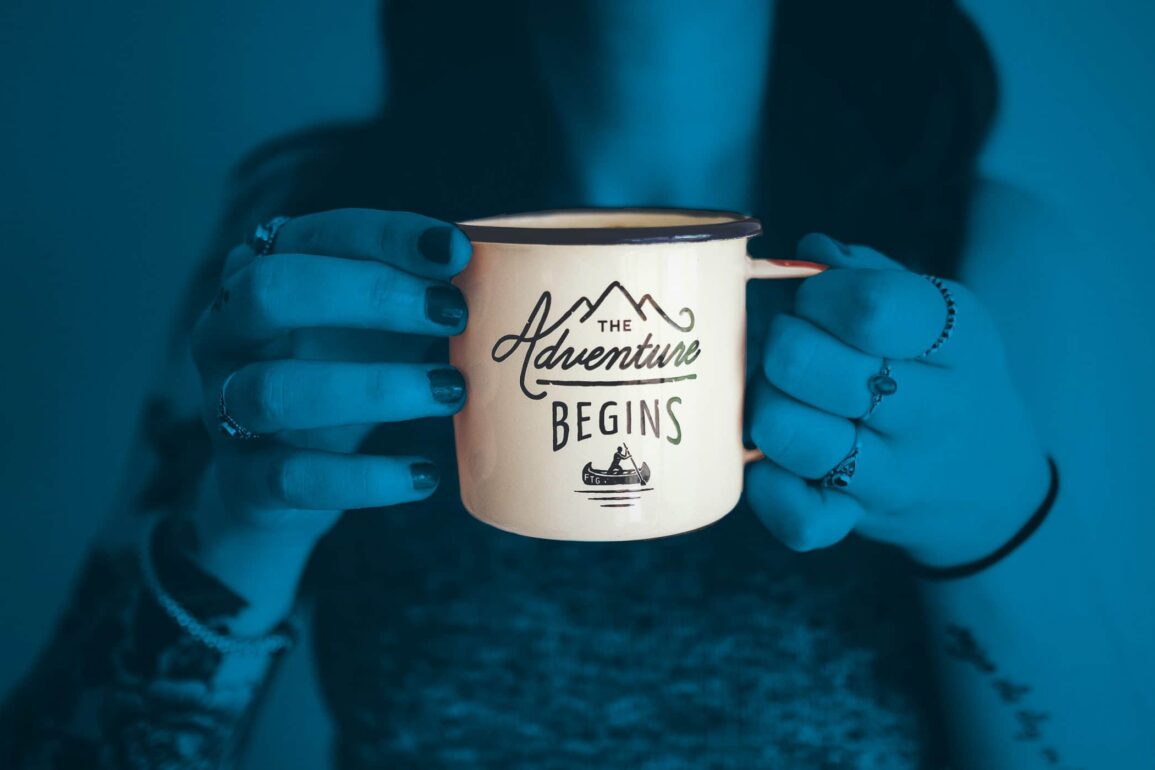
In today’s digitally-focused world, you might assume that the best way to capture the hearts and minds of your audience, is to be as forward-thinking and modern as possible.
While that approach might work for some industries (particularly those connected with technology), it seems that many customers are looking backward, instead of forward when it comes to finding corporate comfort.
The problem with portraying yourself as a “new” brand, is that people are naturally suspicious of anything that doesn’t feel familiar. We crave proof that the companies we choose can offer us exceptional, enlightening experiences, and few things are more convincing than a long-standing heritage of success.
Sometimes, the best marketing plan involves simply sharing the same consistent idea image for an extended period. That’s why vintage branding is so successful. It taps into the sense of comfort that simple, old-fashioned companies can offer, and convinces us that we can trust. The question is, do you have to have centuries of experience in your chosen sector if you want to enjoy the benefits of vintage branding?
Well, if the hipster cafes and “fake vintage” designers of the day are anything to go by – the answer is a resounding “no.” Just like anything else in building the perfect brand, achieving the right aesthetic is all about bringing the right elements into your personality.
Today, with the right image, storytelling techniques, and vintage branding inspiration, it seems that almost any company can leverage the loyalty of a vintage brand.
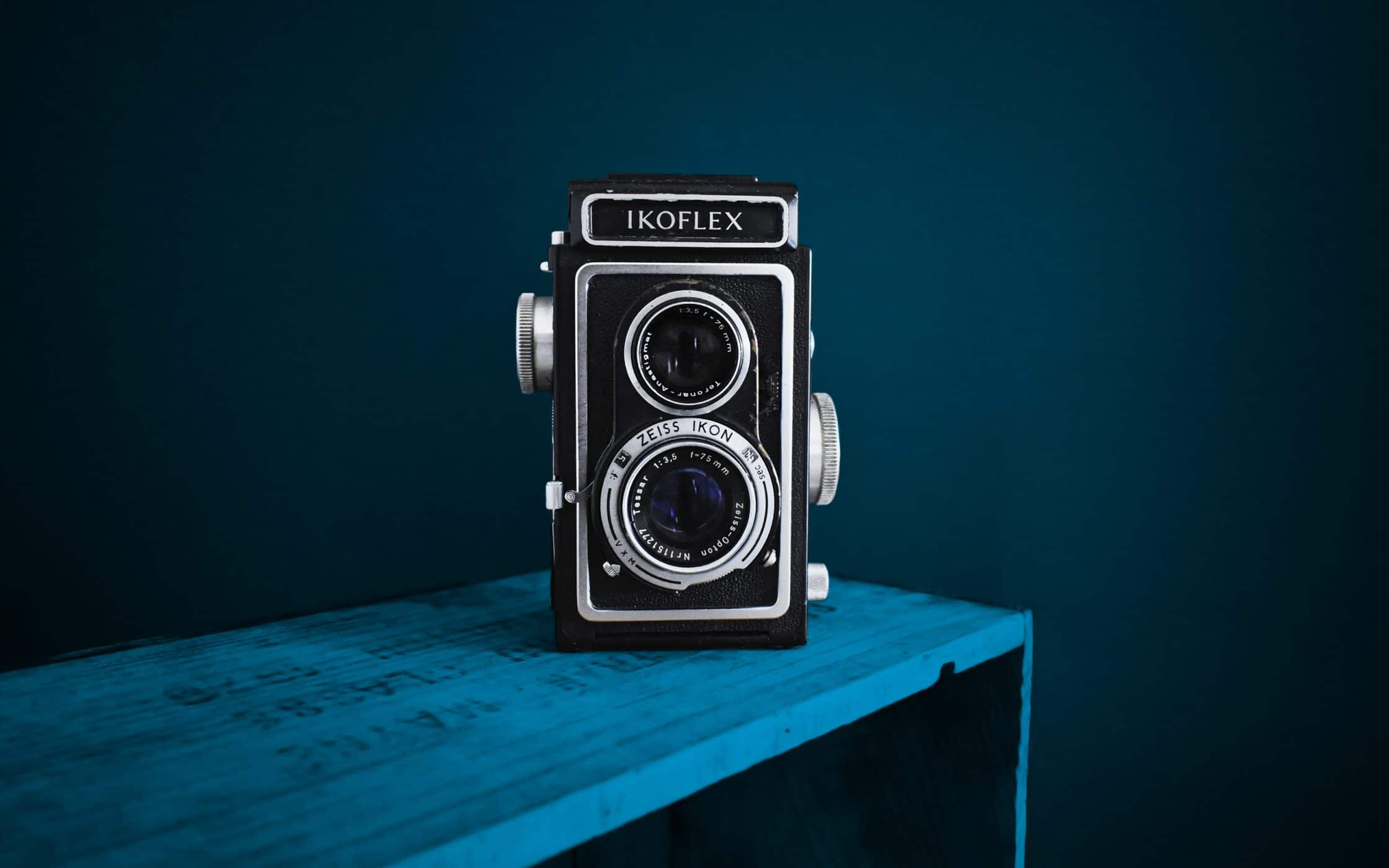
What separates vintage branding from vintage brands?
In an era where any company can present itself however it likes, with the help of the right brand consultancy, it can be difficult to differentiate the “true” vintage branding experts, from the wannabes. While some brands are authentically vintage, like Lothantique, for instance, others attempt to build upon the benefits of vintage branding by pushing their customers to remember the simplicity of times past.
In the case of Tromborg, a company known for its natural cosmetics, the vintage branding aesthetic comes from the company’s decision to strip back all the extras on their packaging and branding to the bare minimum. This is something that we now refer to as “modern vintage branding”. Modern vintage branding is when a company uses elements of the vintage to inspire trust in their audience, and showcase the premium quality of their product without the unnecessary bells and whistles of the modern age.
With Tromborg, there’s nothing to distract you from what the company is offering, through its story, and unique value proposition. This highlights part of what makes vintage brands so special, and so appealing in the current era. They came before a time when we had clever advertisements and experiential campaigns to trick customers into buying products they didn’t want or need.
Vintage branding means creating a company that moves beyond modern strategies like web design trends and digital marketing campaigns to capture the attention of your audience. While modern vintage brands like Tromborg obviously still make use of modern techniques like eCommerce and social media marketing, their presence is far more subtle and subdued than that of standard modern brands.Companies that use vintage branding design to inspire and engage their audience have the power to transport their customers to a different time and place. This allows them to cultivate more powerful emotional responses to their products, because they become representative of a more simple and trustworthy way of life, in a marketing place that is increasingly cluttered with flashing lights and neon signs.
Vintage brands need to evolve, just like anyone else in the current marketplace, but they’re made unique thanks to their unwavering vision and purpose throughout the years. It’s not about being the biggest breakthrough brand or the most innovative option in the marketplace. Instead, vintage brands show their value by sidestepping the noise with emotional, heritage-infused stories and simple messages.
There’s something about a vintage brand that appeals to our sense of loyalty and devotion. Because these companies hold true to their purposes throughout the years and represent old-fashioned ideas that we hold close to our hearts, they seem to transcend time and space – stepping outside of the current battle for marketplace domination.

Vintage branding inspiration: Our favourite vintage branding examples
At Fabrik, we often feel that the best way to truly get a feel for a style or personality is to dive into the industry and explore some of the innovators that have come before. With that in mind, we thought we’d look at the history and story of some of our favourite vintage branding examples, to help you understand what makes the heritage brand so appealing.
While some of the companies we’re looking at in our vintage branding inspiration are more “traditional” companies, with decades of experience in their personal niche, or space, others have simply adopted the vintage aesthetic as they’ve progressed and learned to better-serve their audience. Let’s take a look…
1. Vintage branding examples: Lothantique
When it comes to exploring vintage branding inspiration, it really doesn’t get much more traditional than “Lothantique”. This company was established in 1987, which makes it more of a “modern vintage brand” in the eyes of some companies. However, it feels as though it has been around for so much longer, thanks to its emotional story and heritage.
Lothantique is owned by Dominique and Denis Vogade, who claim to carry on the lifestyle created by their grandparents with the development of Lothantique – a company that now combines the traditions of the old world with the technology of the future. This is a perfect example of how vintage brands can combine the old and the new. In fact, you can see the blend of old-fashioned and contemporary styles on their website.
In the words of President Denis Vogade of the Lothantique company, the goal of the organisation is to use modern-day contemporary processes while staying true to time-honoured, and ancient techniques. In other words, Lothantique situated themselves firmly in the past to give their customers the sense of heritage they crave, while devoting additional effort to modern concepts. They even have their own, forward-thinking corporate responsibility plan.
2. Vintage branding examples: Baylis & Harding
Baylis & Harding are yet another niche skin care company that excels in the world of vintage branding design. Not only are their products stunningly traditional in nature, but their strapline draws focus to the idea of the importance of yesterday:
Founded in the 1960s, Baylis & Harding have been around for more than 50 years, and its still delivering fantastic cosmetics to people around the world. While other companies have changed and modernised with the times, Baylis & Harding maintain their traditional aesthetic on purpose, in an effort to give their customers that sense of trust that comes with purchasing from a familiar old friend.
3. Vintage branding examples: Molton Brown
Molton Brown was founded in 1973, but it quickly emerged as one of the most popular hair salons in the UK. A great example of a quintessentially British brand, Molton Brown built their identity around a dedication to luxury and exceptional quality in all their products. The “minimalist” look of the product packaging is perfect for the ideals of vintage branding design, and the logo has stayed the same for decades, creating a sense of familiarity with customers.
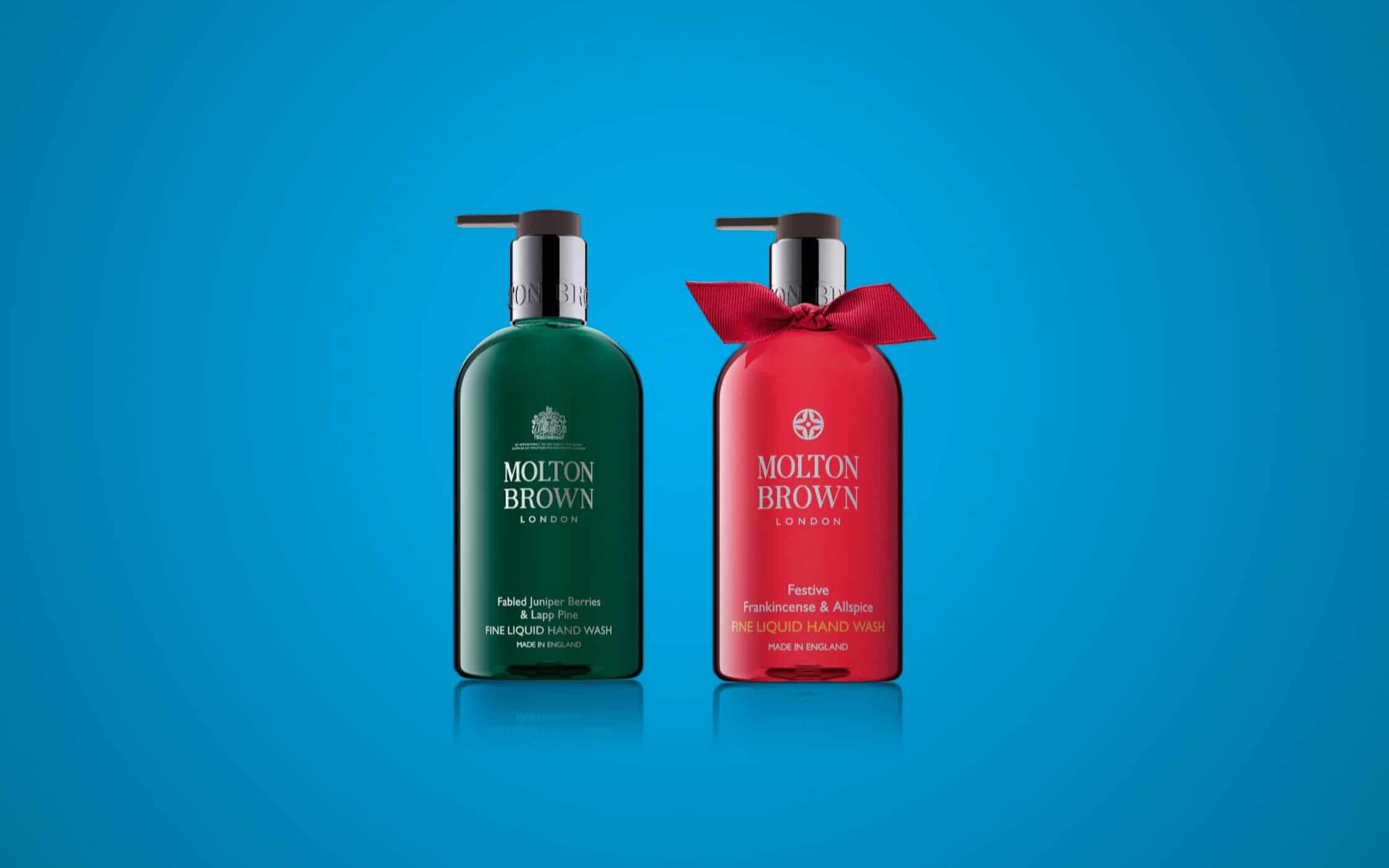
Molton Brown wanted to give their customers more than just another option when it came to shopping for hair care. They were ahead of the game in their understanding that customer experience is the only true differentiator – something that seems to ring true for most vintage, or heritage brands. Even now, Molton Brown’s marketing is designed to remind their customers that they have years of experience in the industry – something that few other manufacturers can claim.
4. Vintage branding examples: Harley Davidson
As a company founded in 1903, Harley Davidson is a great insight into the world of true vintage branding. Although this motorcycle company did very well in its niche when it first entered the marketplace it began to lose the love and attention of its audience when they discovered that there were more modern, innovative solutions available.
Recently, to capture a younger audience, and maintain its original fanbase at the same time, Harley Davidson began to adopt the principles of vintage branding with gusto, showing off its heritage in everything from its photographs on social media, to the styling of its new products. As vintage branding inspiration goes, Harley is a fantastic insight into how important emotion can be when capturing the loyalty of a consumer base.
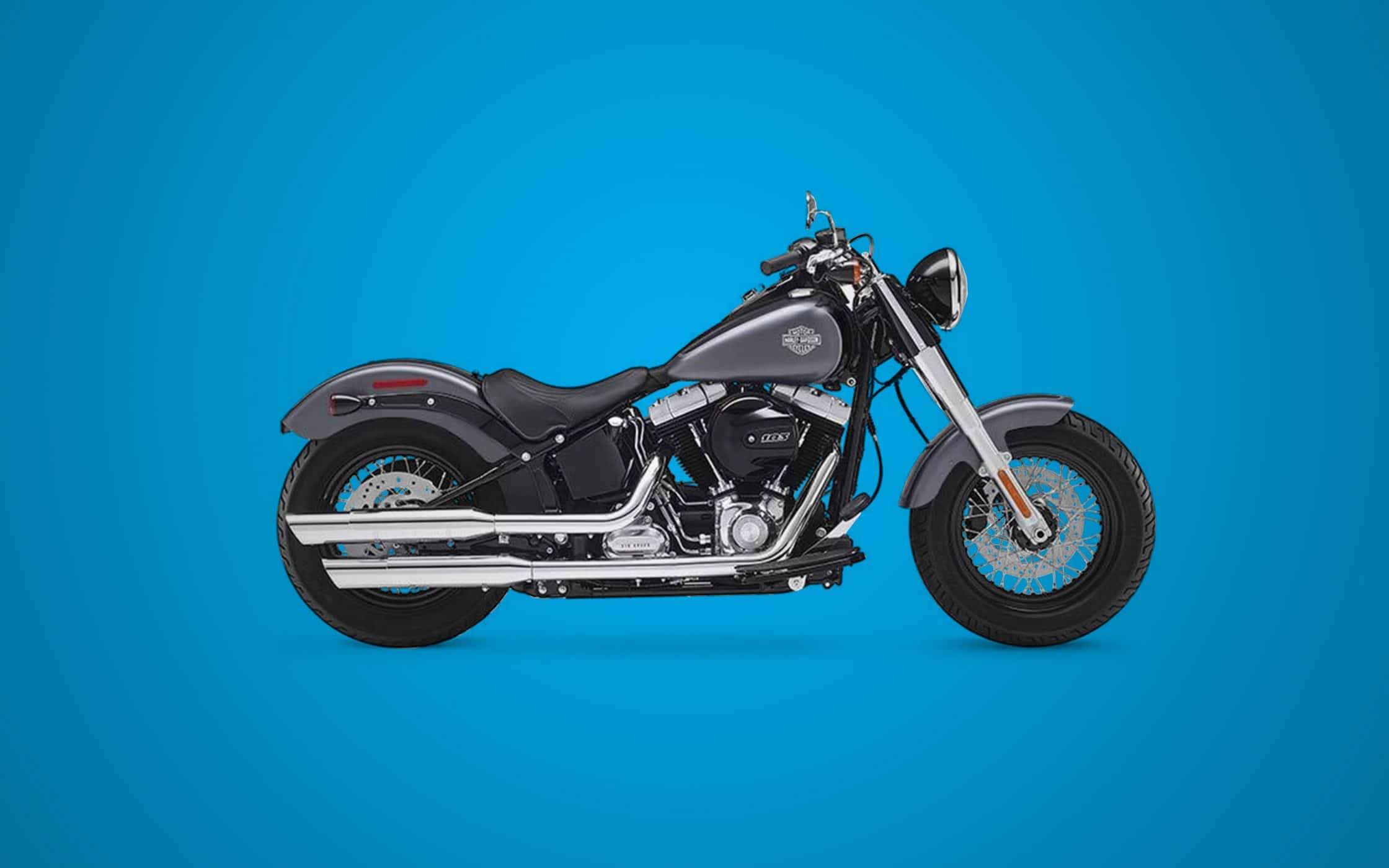
Today, people don’t buy a Harley just because it’s the best bike option around. They purchase from this motorcycle master because they believe it means that they can embrace the sense of freedom and rebellion that was built throughout the company’s history. By looking back at a genuine heritage in the marketplace, Harley has become a true vintage brand.
5. Vintage branding examples: Selfridges
Finally, if you’re looking for a live vintage experience, then it’s hard to get much more authentic than the feeling you get when shopping with Selfridges. Another example of genuine vintage branding adapted through decades of experience in the marketplace, Selfridges was built in 1906 by a man called Harry Gordon Selfridge.
As you might have learned from watching the popular television show, Selfridges was the result of a dream to open a retail store in the heart of London, and the spirit of creativity and innovation that sparked the very first shop lives on today. Selfridges inspires and excites its customers because it holds onto an old-fashioned sense of luxury and tradition.
Today, Selfridges is the only department store to be named “Best in the World” three times running. The company has become more than just another place to sell products like Tesco or Asda. Instead, Selfridges is an experience in timeless indulgence.
Modern vintage branding: Tips for vintage logo design
By this point, you might be thinking that building an identity with vintage branding is an incredible idea. The only problem is, if you’re not lucky enough to have decades or centuries of experience under your belt, you might not have the time to simply wait for your heritage status to come to you.
The good news is that as traditional brands go these days, there is an option to simply “fake it until you make it.” While vintage branding involves creating a strong tone of voice and brand story that speaks to your customers, it also starts with a powerful visual identity that fully embraces the “retro” aesthetic.
When it comes to visual branding, there are a lot of different elements to consider, from the typography on your content to the website you design. However, by far, the most important badge that your company will wear, is your logo. So, what are some of the elements that go into vintage logo design?
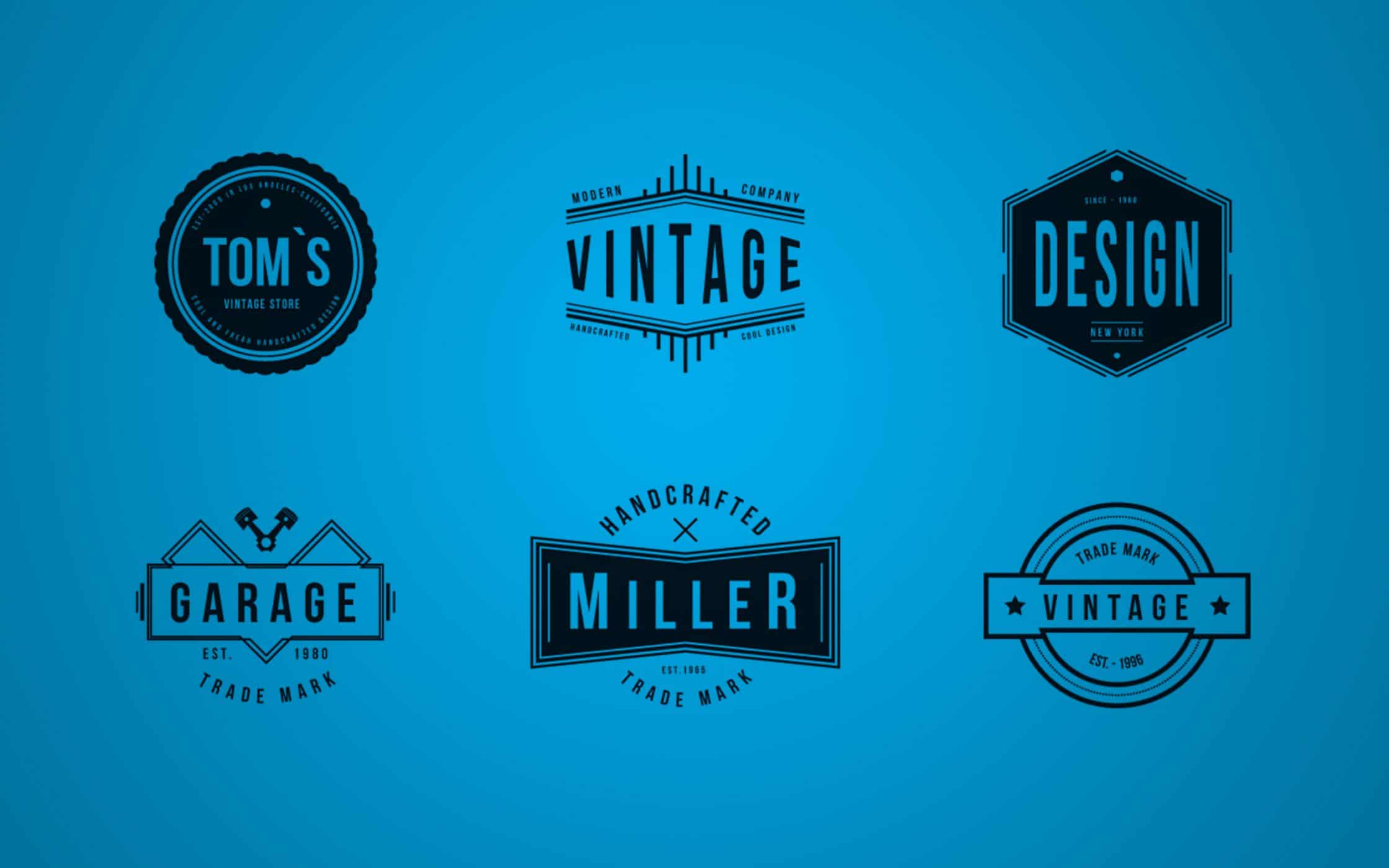
1. Badges
The concept of the “badge” design lies at the heart of vintage logo design. In the past, company logos had to be tacked onto products, either through sewing or embossing, so the badge image fits perfectly with that traditional sense of style. Ideally, you’ll want to choose a simple style that works well anywhere, and on anything. Though circles are definitely the most popular shape, you’ll also find plenty of more “angular” designs.
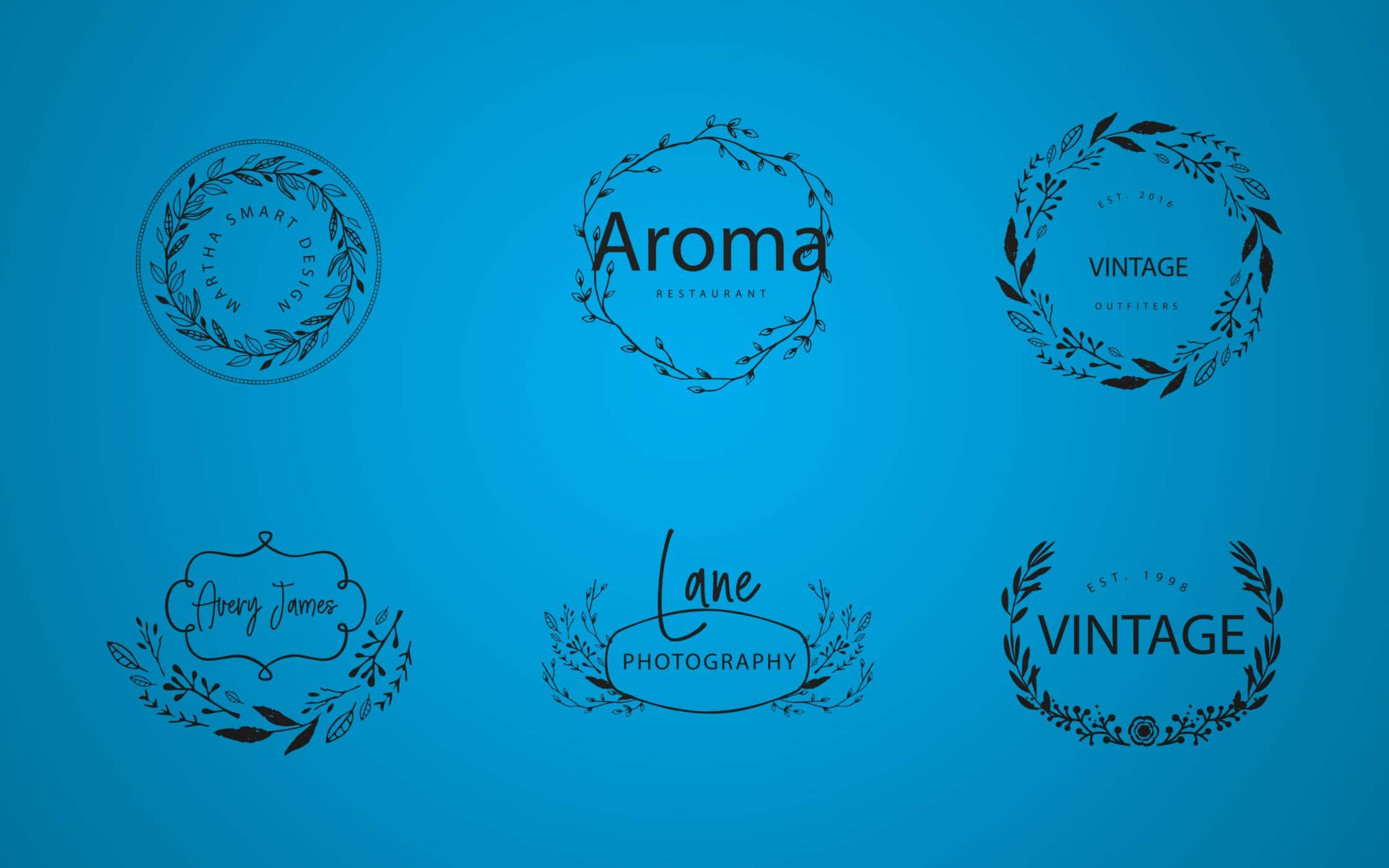
2. Hand-drawn
If you know anything about the Hipster movement, then you’ll know they adore anything that’s hand-made. That might be part of the reason why Pashley bicycles continue to be so popular today. Logos with a sketched or hand-drawn aesthetic fit well with vintage branding design, and you’d be surprised how many options are available.
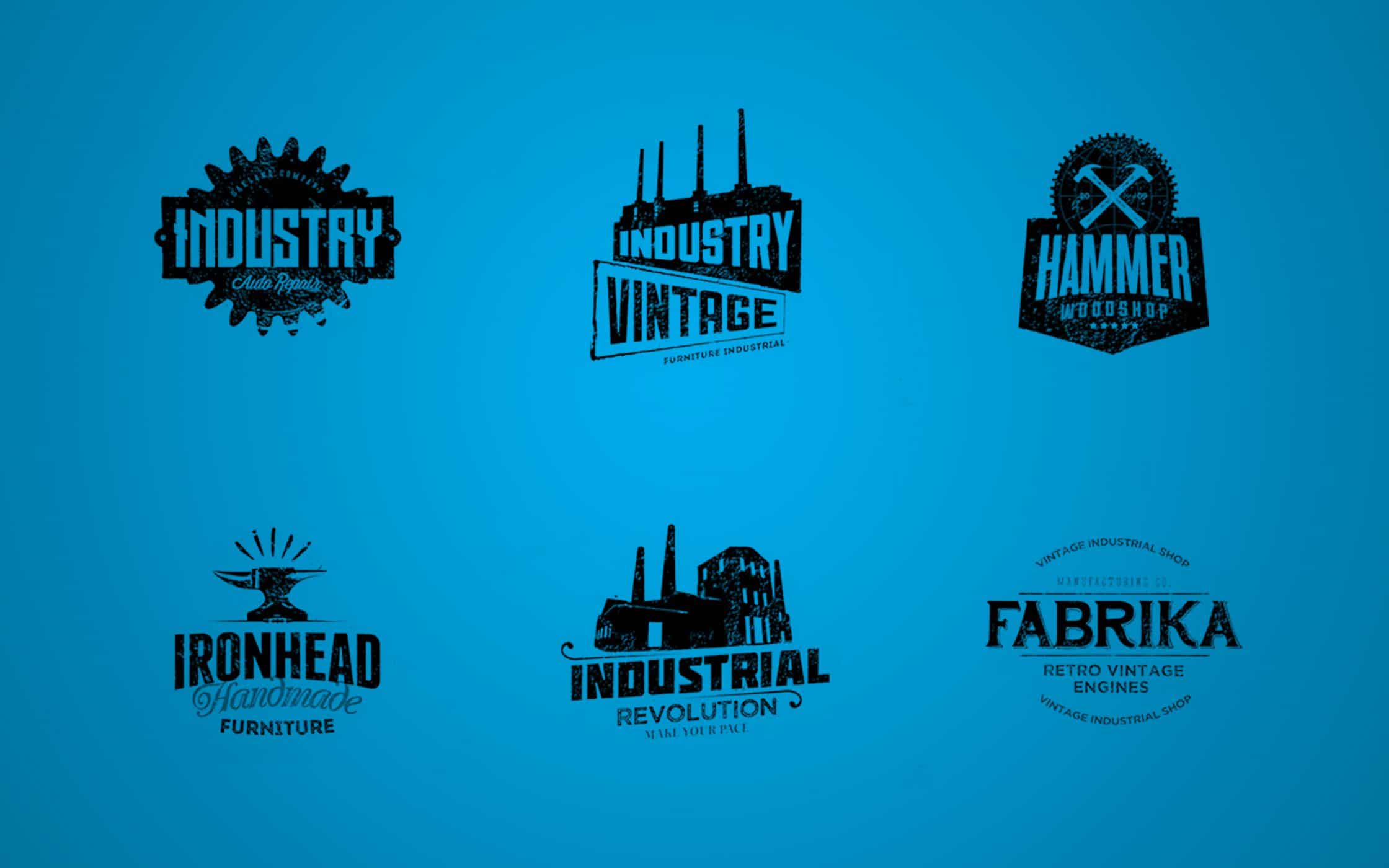
3. Industrial
The logos of the past didn’t have any fancy gradients, feathering, or shadow to work with, but they still made exceptionally bold statements. Many graphical icons were built around axes, wrenches, hammers, and factories, and today, these images remind us of a time when work was more hands-on, than computer-focused.
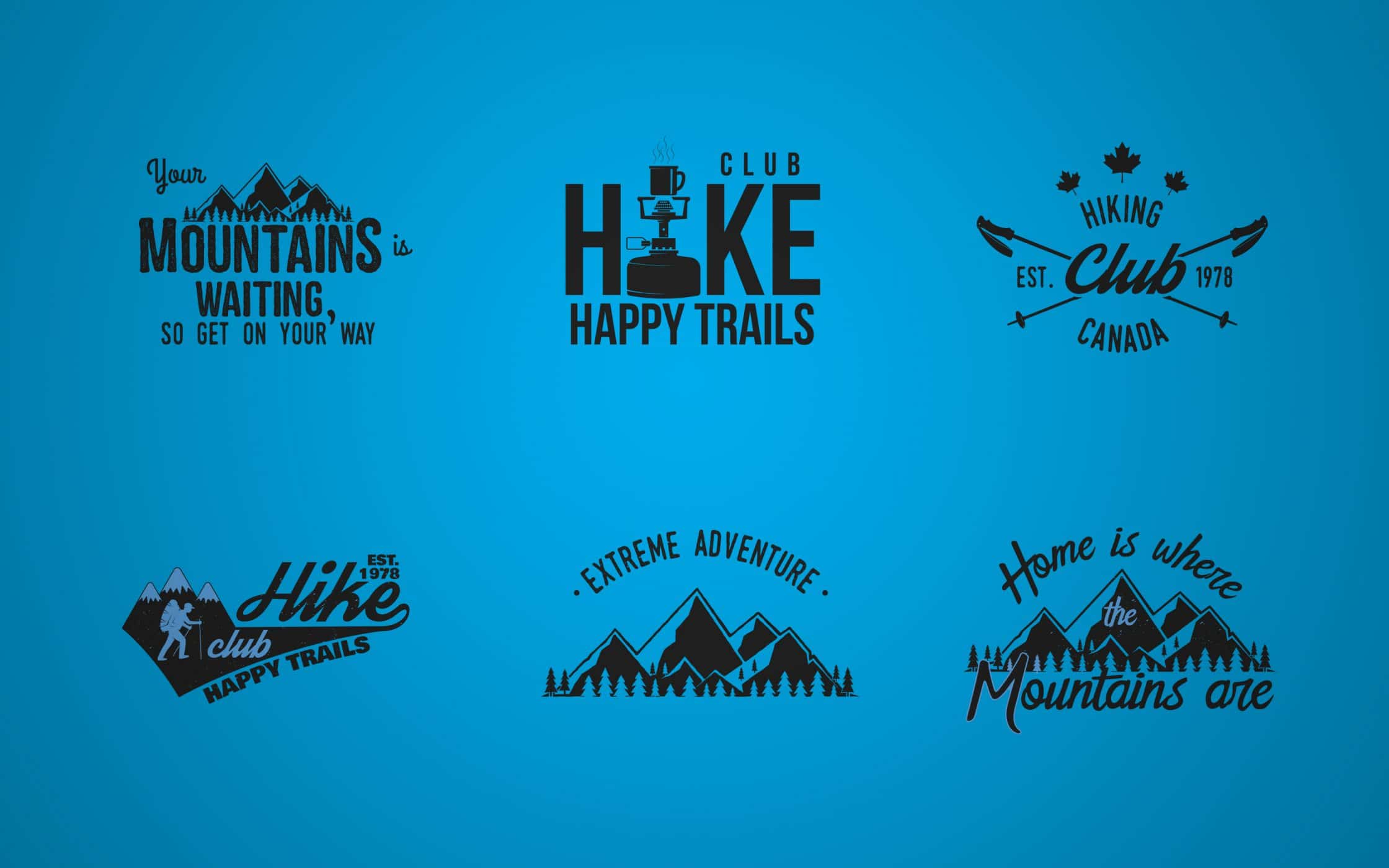
4. Nature
There’s something about vintage branding design that seems to work well with the concepts of land, sea, and sky. For whatever reason, many vintage logo design options come with animals that have antlers, like elk, deer, or moose. However, the outdoorsy theme is popular all-around, reminding of us of a time when we were less industrialised.
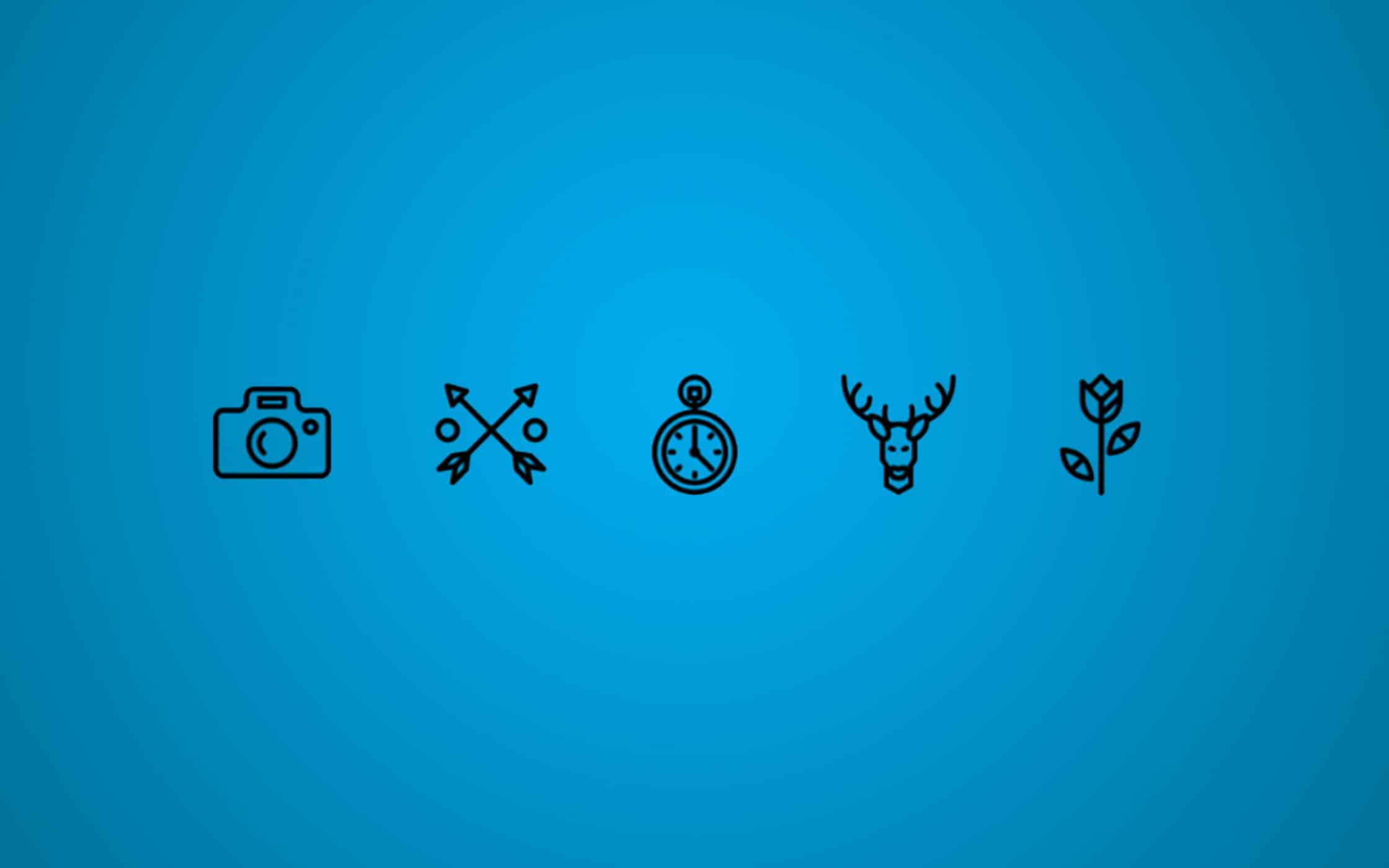
5. Lines and simplicity
Finally, a mark of the vintage branding era is the joy of simplicity. Many of the best vintage logo designs available today use a simple combination of lines and angles to draw focus to an idea. The classic and uncluttered simplicity of these concepts remind us of a simpler time when companies were less desperate to stand out from the crowd.

Vintage typography: Leveraging feeling with font
One of the key things to remember about modern vintage marketing is that if you want to embrace all the benefits of a heritage company, you need more than just a great product and a retro logo. Vintage brands need to earn the recognition of their fans, just like anyone else. One of the best ways to make sure that your customers recognise you is with a font that speaks to your audience.
In today’s age of digital design and innovation, there’s basically no limit to what you can accomplish with the right typography. So long Arial and Helvetica, hello FatFace and Unifraktur Maguntia. Of course, just because we have countless options to choose from in our typography today, doesn’t mean that we’ve achieved the ultimate era of fonts.
Some of the typefaces you’ll find online today still don’t hold a candle to the simplistic, yet beautiful handiwork of craftsmen from decades ago, who had to create ornamental letters with nothing more than a pen and paper.
If you’re looking for vintage branding inspiration to create that perfect heritage look, then typography could be the perfect way to start. Though we can convey history and nostalgia in many graphical mediums, the easiest way to turn any design into a homage to yesterday is with a font.
Most vintage typography is sans-serif and “modern” in style. It’s designed to be simple, clear and effective, rather than flowery and covered in additional embellishments.
The best vintage typography is the one that works well with your personality and sense of style. Flourishes are less common, which makes sense if you consider the fact that people had to make their logos and signs out of metal and wood, but that doesn’t mean that you have to ignore extra details entirely.

Tips for infusing heritage into vintage branding
As mentioned previously, though logo design, websites, packaging and even typography can go a long way to giving you that perfect vintage branding design, there’s more to a brand than the way it looks. The best vintage branding examples are defined by the stories behind the company and the way that those businesses have built a reputation for themselves among their target audience.
The difference between modern vintage branding, and traditional vintage branding is that new companies have to create a sense of history in their story, while older companies have that heritage as standard.
The good news? The path to vintage branding starts just like the road to developing any other kind of company. The following tips will get you started.
1. Know your audience
An understanding of your audience will help you to determine why you want to invest in vintage branding in the first place. A traditional brand won’t work for everyone. Instead, you’ll need to make sure that you’re appealing to a consumer base that has a strong passion for the past, or a love of all-things heritage.
Once you understand who your audience is and what they’re looking for from your company, you can begin to develop a story that appeals to their values and beliefs.

2. What’s your story?
If you’re not a genuine vintage brand with years of experience in your industry, then you need to tell a story that would convince your customers otherwise. The easiest way to bring heritage to a modern brand is to connect your values with old-fashioned ideas or tell a tale that goes back generations. You can also talk about some of the processes you use to create your products if they’re embedded in history.
The aim of vintage branding is to connect yourself with the past in as many ways as possible. Once you’ve established your story, you can keep referring back to it in everything you do, helping your customers to become more familiar with what makes you a vintage brand.
3. Remember your value
One of the biggest mistakes that companies make with vintage branding, is assuming that they don’t have to worry about delivering a differentiated product anymore because they’ve made the effort to make themselves “look” traditional. However, it’s not enough to simply tell people that you’re a vintage brand and expect them to hand over their cash.
Instead, convince your customers that your vintage background brings a unique sense of value to your product that no-one else can deliver. For instance, do you have a one-of-a-kind family recipe that makes your freshly-baked bread the best in town?
4. Visualise your identity
Your image might not be the only thing that makes your brand different, but it’s one of the easiest ways to convince people of your vintage style. Make sure that you use the same consistent colours, imagery, and ideas in every space that you connect with your clients. Remember, you can’t have vintage packaging and brick-and-mortar stores, but a completely modern website.
If you’re not sure how to bring your vintage aesthetic online, check out some examples of the companies that do it well for vintage branding inspiration.
5. Invest in emotion
Finally, remember that vintage branding is inherently emotional. It appeals to people’s nostalgic feelings about the days that have passed by. As a vintage brand, you’ll need to think of ways that you can connect with your customers on a deeper level, by telling your company story, and sharing visuals that transport them into the history of your brand, product or service.
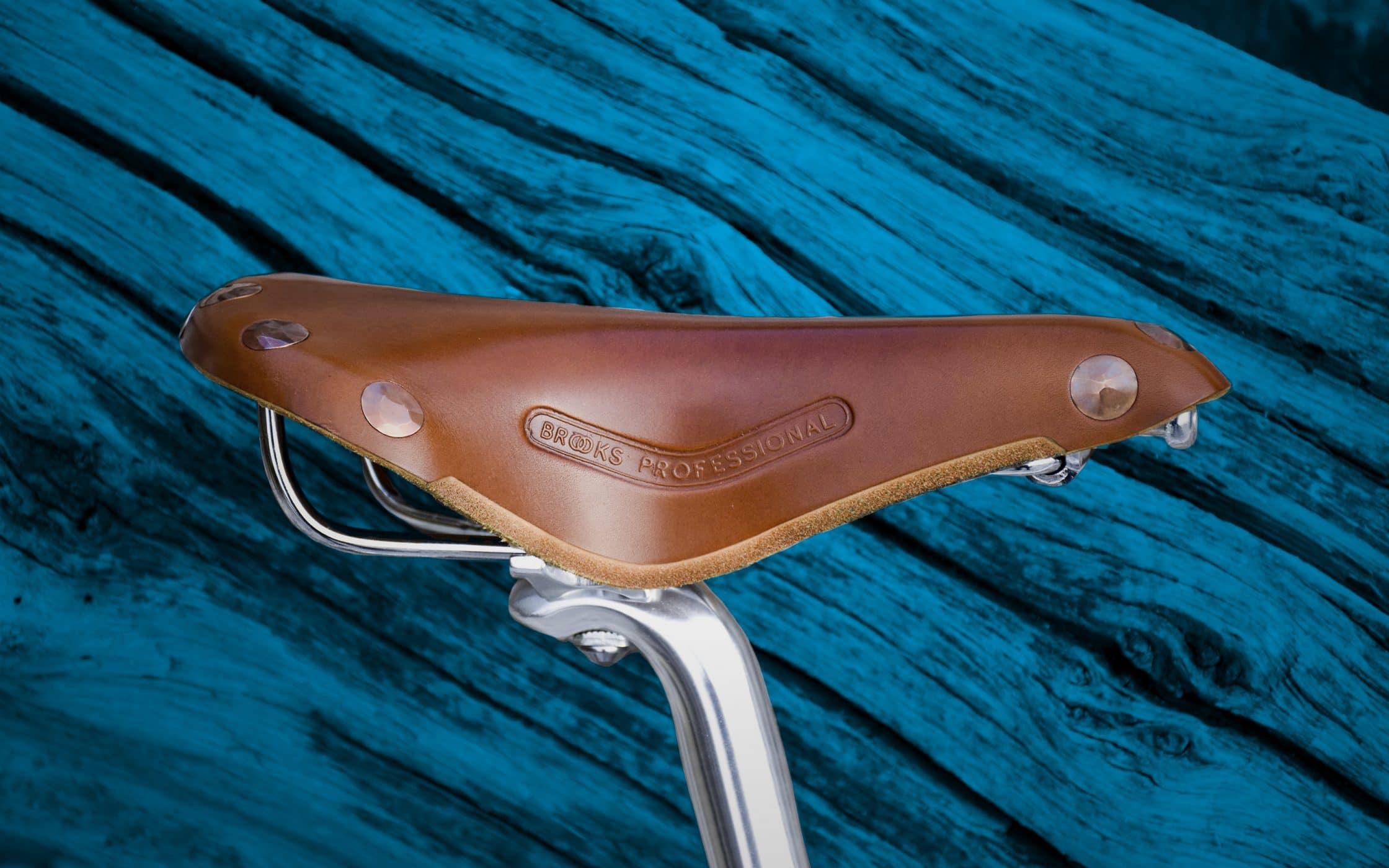
Why do we value vintage?
There’s more to vintage branding than simply having years of experience in your space.
Not every “old company” is a vintage brand, and not every vintage brand is an old company. Instead, the best vintage branding happens when companies use a combination of emotion, heritage, and simplicity to remind their customers of a simpler time.
Vintage branding is about convincing your customers that they can trust you because they remind you of something that feels comforting and familiar. Through simple designs and carefully-managed aesthetics, you can create a vintage image regardless of whether you’ve been selling for 2 hours or 200 years.
Today, both older and younger customers feel an undeniable draw towards the “good old days”. As we continue to reflect on the past, we fantasise about a time when technology wasn’t so pervasive and politics weren’t so confusing.
With vintage branding, companies can use historical ideas to create success for the future.
If you enjoyed this article, you might enjoy these too:
— An insiders view on trusting your gut instinct
— When lifestyle brands become a way of life…











